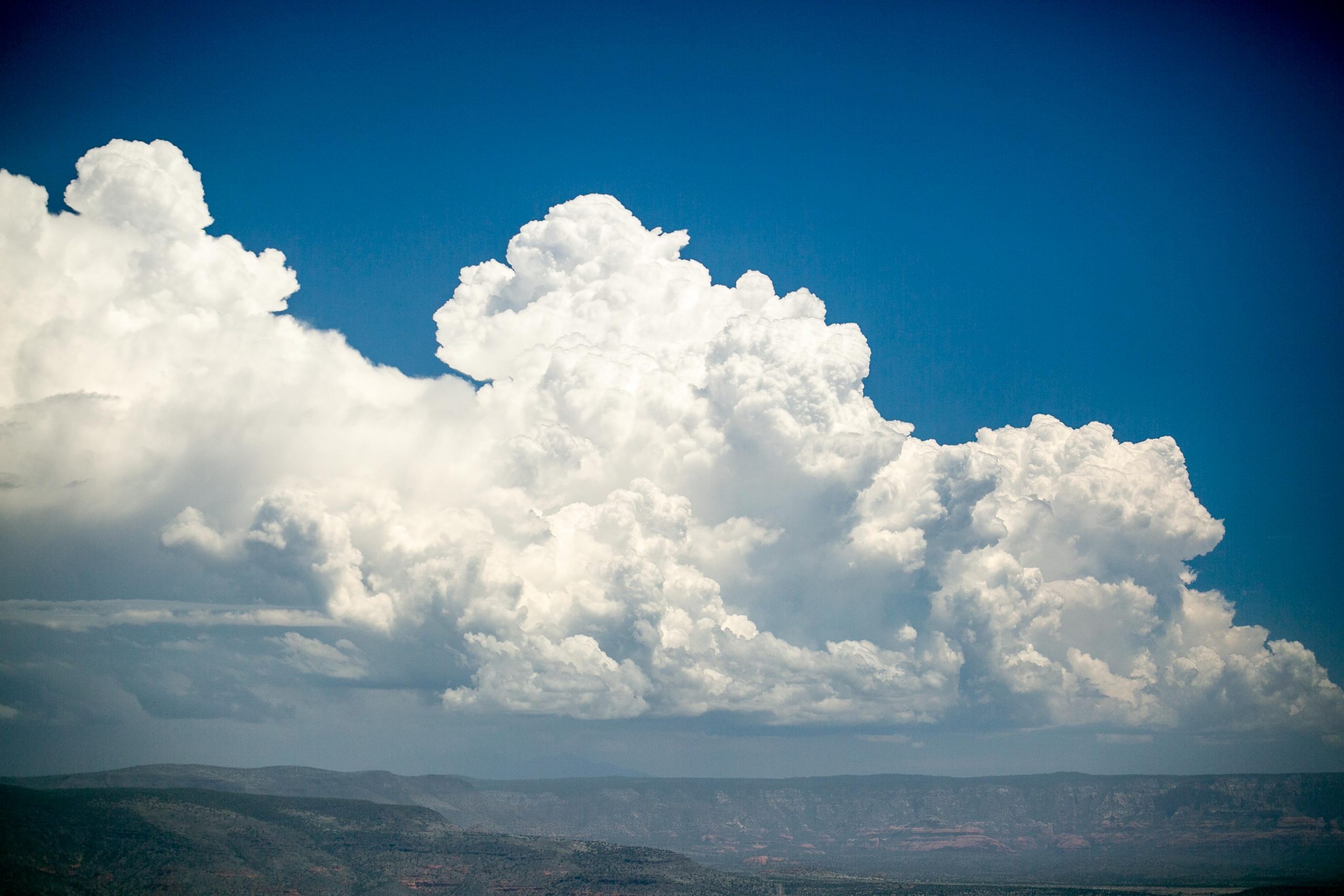
In early July, just as the desert heat reaches its dry, sweltering apex, the Verde Valley is hit by the familiar onslaught of the monsoon. Almost every day, the blue Arizona sky is covered with dark, oppressive clouds, which break open in the afternoon for a short but sometimes brutal downpour.
The water that falls upon the Verde Valley does not start in Arizona. It originates in the Gulf of California, the long, narrow sea south of Mexico. Unlike the Pacific Ocean that stays cold year round, the ocean water in the Gulf of California sees its temperature increase heavily in the summer months to more than 80 degrees Fahrenheit. The warm water evaporates, and the air near the ocean becomes warm, moist and heavy.
Meanwhile, north of and east of the Gulf, in Mexico, Arizona and New Mexico, the sun beats down on the desert, leading to warm, dry air, and lower surface pressure. Air seeks to travel from high pressure to low pressure, so moisture travels from the higher pressure over the Gulf in the south up north to the deserts of Arizona and New Mexico.
“If you take a real thin pan of water and just heat up one side — you’ll see the water starts to circulate in the direction of where you’re heating,” said David K. Adams, a research professor at the Center for Atmospheric Sciences at the Universidad Nacional Autónoma de México in affiliation with the Department of Hydrology and Atmospheric Sciences at University of Arizona.
“Those small differences in temperature make differences in density, and then those differences in density make the pressure gradient,” Adams said. “It’s really the pressure gradients — going from high pressure to low pressure that drives the moist air in towards the inland areas.”
The real bulk of the moisture from the Gulf of California ends up in the mountains of northwestern Mexico, and the region gets hit with heavy rainfall. According to David Mitchell at the Desert Research Institute in Nevada, northwestern Mexico can receive 60 to 80 percent of its annual precipitation during the monsoon, whereas Arizona and New Mexico get closer to 35 percent.
But the relatively low land north of Mexico allows the moisture to travel easily northward, following the pressure changes without getting stopped by a mountain range the way that the Sierra Nevada range stops weather systems from the Pacific from making it to Arizona.
It’s the mountains surrounding the Verde Valley that allow for the moisture to turn into the signature torrential downpours that residents have come to expect.
“You’ll see that the clouds always form first over the mountains, and over the valleys it’s relatively clear,” Adams said.
Once the clouds form over the mountains, they soon lead to the afternoon storms. However, without a persistent energy source, like the spin that is found in many thunderstorms in other parts of the country, the monsoon storms quickly run out of energy.
Jon Hecht can be reached at 634-8551, or email jhecht@larsonnewspapers.com